Featured books
The Little Van Gogh
The Little Renoir
The Little Monet
The Little Degas
The Little Klimt
The Little Turner
The Little Bruegel
The Little Van Eyck
The Little Rubens
The Little Czanne
The Little Waterloo
Marie-Antoinette, a historical tale
A History of Belgium for children
To Alexander and Thomas
Before you start reading, take a sheet of paper and several pencils.
You will need them to do the exercises.
 Whenever you see this pencil, it is your turn to play!
Whenever you see this pencil, it is your turn to play!
Belgium
before Belgium
Until 1830, Belgium did not exist as it is today. The regions and cities that the country is composed of were then part of larger European powers. Belgium was often the battlefield of Europe.
In 1815, a great battle was fought at Waterloo. Napoleon, the French emperor, was defeated by Prussia and England. The winners, and their allies Austria and Russia, envision a new state to help curb the expansionist desires of France. This is the Kingdom of the Netherlands, formed through the union of the Southern Netherlands with the Northern Netherlands.

Regularly Belgium re-enacts the famous Battle of Waterloo.
 Colour the Kingdom of the Netherlands on the map.
Colour the Kingdom of the Netherlands on the map.

Expansionism: The desire of a country to expand beyond its borders.
 Look at the timeline. Who occupies which region and when? Find the different periods.
Look at the timeline. Who occupies which region and when? Find the different periods.


William I of Orange-Nassau, King of the Netherlands, now reigns over two million Dutch and nearly three and a half million Belgians. He encourages the development of industrial and financial companies in Belgian provinces. He also creates three state universities (Lige, Ghent and Leuven) and supports trade and agriculture.

King William I
Some of the inhabitants of the kingdom are unhappy with their situation. The will for modern freedoms is present, particularly in the southern provinces. There are major differences between the South and the North. The Catholic South fear there being too much influence in the Protestant North. According to the Belgians, the Dutch calculate everything to their advantage, creating injustices. The Dutch have the most important seats in government and the military. The dominant language is Dutch.

In 1817, the first factories of the Scottish industrialist John Cockerill open in Seraing, near Lige. They make steam engines that are sold in Belgium and exported abroad.
 Look at the factories. Find the steam boat.
Look at the factories. Find the steam boat.
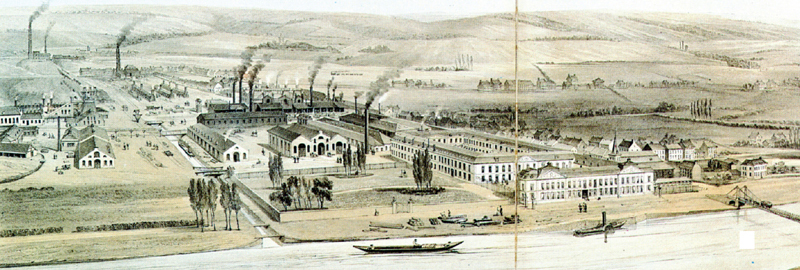
To Arms!
25 AUGUST 1830

Sacred love of the homeland Give us courage and pride To my country I owe my life He owes me his liberty.
On the evening of August 25th 1830, La Muette de Portici plays at the Thtre de la Monnaie in Brussels. This opera tells the story of the revolt of the people of Naples against Spain in 1647. The words of the opera rekindle the desire for freedom amongst Belgians. Following the example of the Neapolitans, the audience rebel against the king and the government!
 In this English caricature of 1830, the greedy King of the Netherlands is chased by his wife, the slimmer Belgium. Why is the King fat while Belgium is thin?
In this English caricature of 1830, the greedy King of the Netherlands is chased by his wife, the slimmer Belgium. Why is the King fat while Belgium is thin?

The Revolution
27 SEPTEMBER 1830
Overwhelmed by events, King William I and his government commit political and military errors. In the Days of September, units of the kingdom clash in the Parc de Bruxelles with the Voluntary Belgian Patriots from across the country. On September 27th 1830, the Belgians pursue the army and the Kings forces have to retreat to the North. On October 4th, the Belgian Provisional Government proclaims that the provinces of Belgium will become an independent state. Belgium is born.

 Imagine the uproar in the Parc de Bruxelles. Whats happening? They fight. Voluntary Belgian patriots from across the country wear a blue shirt and coat. Can you see them? Find their flag, uniforms, and the entrance to the park in Brussels. What weapons do they use?
Imagine the uproar in the Parc de Bruxelles. Whats happening? They fight. Voluntary Belgian patriots from across the country wear a blue shirt and coat. Can you see them? Find their flag, uniforms, and the entrance to the park in Brussels. What weapons do they use?
 Draw the Belgian flag of today and compare it to that of 1830.
Draw the Belgian flag of today and compare it to that of 1830.
LONDON
In January 1831, the London conference recognises the free and independent Belgium. This is on the condition that it remains a neutral state, that is to say that it never takes sides in a conflict between individual states. It will be a buffer state to secure peace between the major powers of the European continent, France and Prussia (part of modern-day Germany).
 Find France (the hare), England (the fox), Austria (the monkey), Prussia (the horse) and Russia (the polar bear).
Find France (the hare), England (the fox), Austria (the monkey), Prussia (the horse) and Russia (the polar bear).




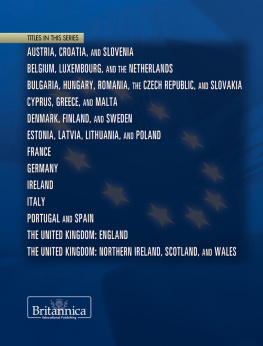

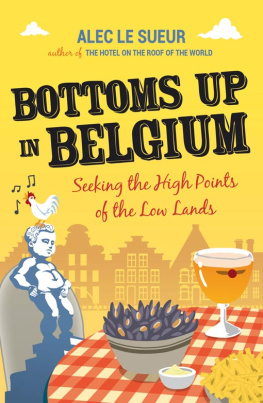
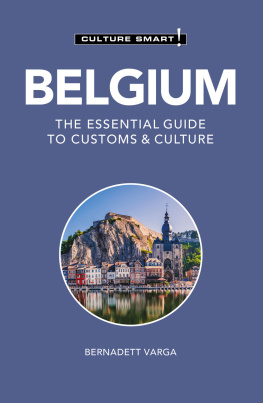
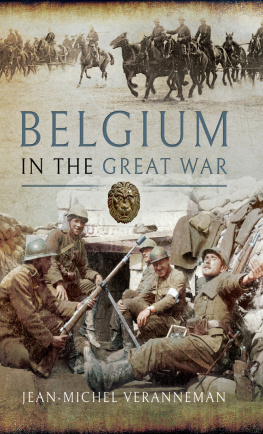
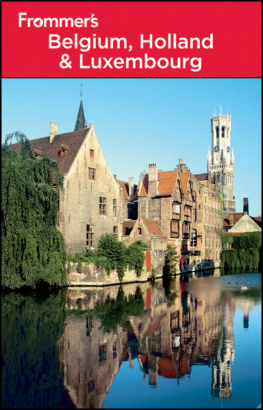
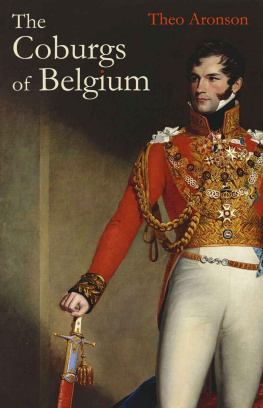
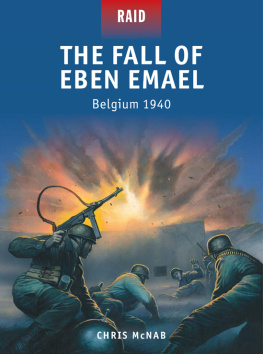
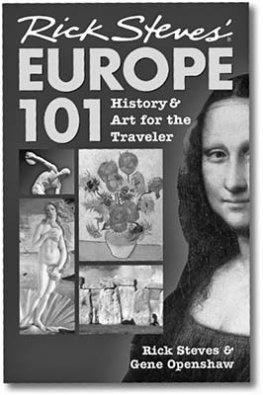
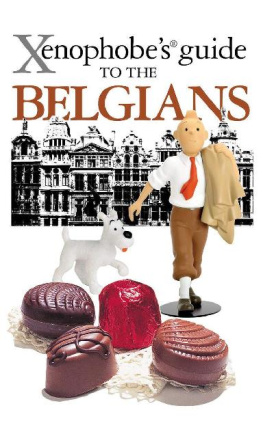
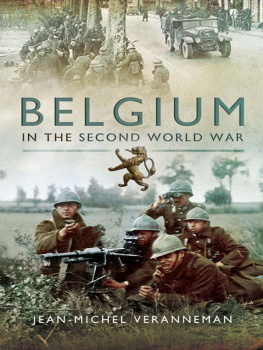
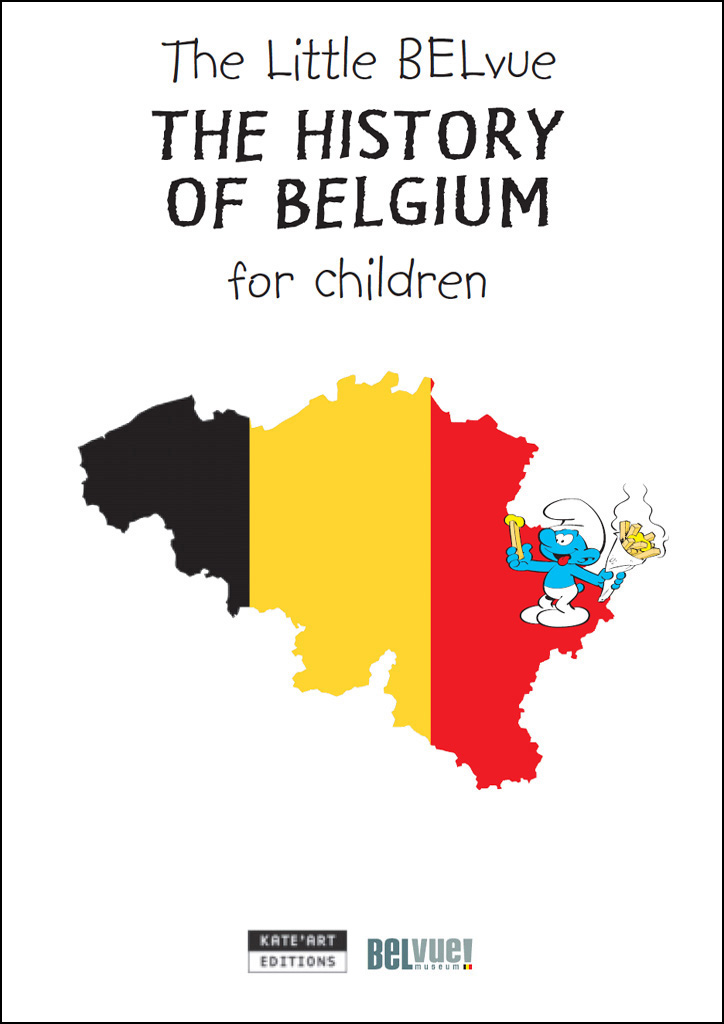
 Whenever you see this pencil, it is your turn to play!
Whenever you see this pencil, it is your turn to play!
 Colour the Kingdom of the Netherlands on the map.
Colour the Kingdom of the Netherlands on the map.
 Look at the timeline. Who occupies which region and when? Find the different periods.
Look at the timeline. Who occupies which region and when? Find the different periods.







